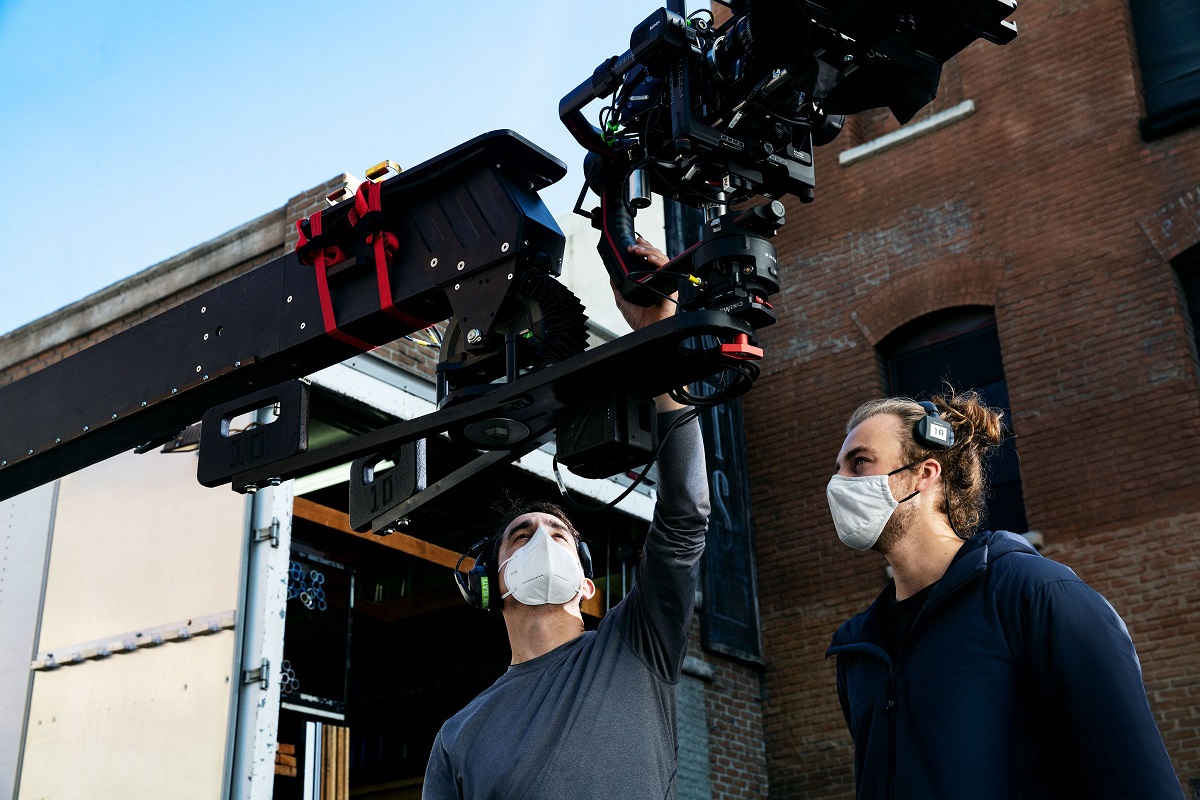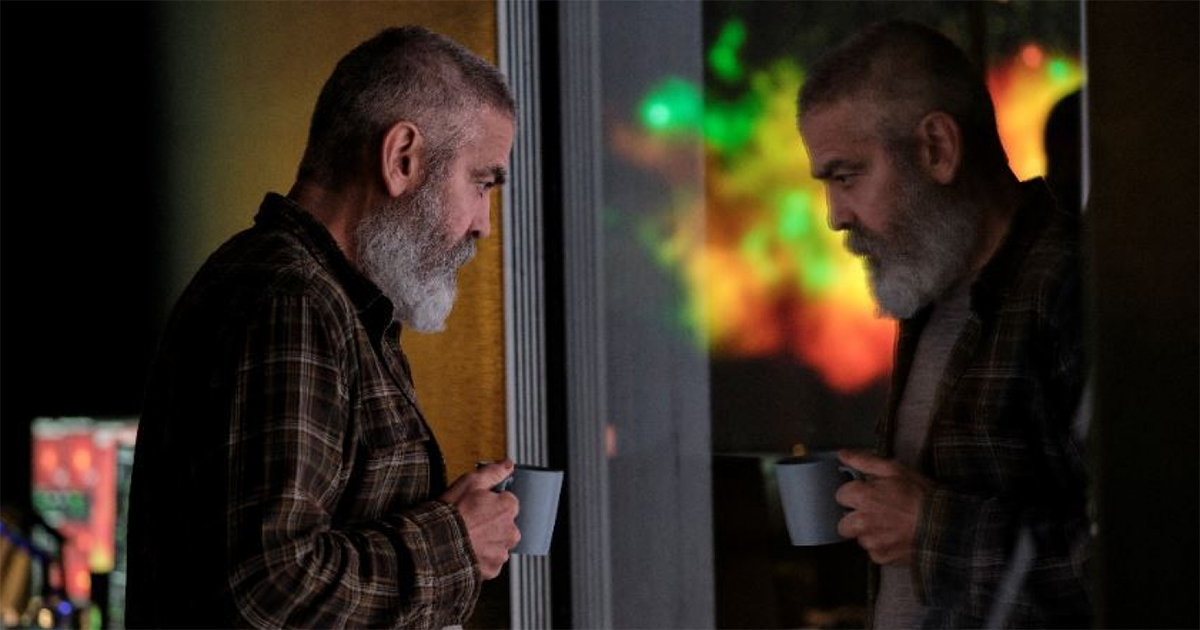“It’s not surprising that Hollywood has been hit hard by the Covid-19 pandemic. After all, movie sets typically require hundreds of people coming together from all around the world to work in close proximity to one another. Early in the spring of 2020, production effectively shut down until further notice. But slowly, quietly, new movies — movies that were filmed during the pandemic — have begun surfacing. How? Filmmakers found ways to adapt, and now they’re getting even more tools to help them film safely.
Source: Brent Rose, Wired
“Not every movie needs high-tech solutions, of course. Smaller films, like Netflix’s Malcolm & Marie or the recent Sundance flick How It Ends, are able to get by with smaller, quarantined crews. But for bigger, more complicated projects — the kind that need visual effects and lots of extras — tech is filling in the gaps on socially distant shoots.”
AT A GLANCE:
Writing for Wired, Brent Rose examines new technologies powering Hollywood film productions during the pandemic. These include Frame.io’s new Camera to Cloud service and ILM’s virtual location scouting and LED backdrops, as well as technologies for remote production such as robotic camera Solo Cinebot, and Crew in a Box, a “briefcase” package featuring a Blackmagic Design Pocket Cinema Camera 6K, a three-panel LED light, teleprompter, mic, and an ATEM Mini Pro live production switcher.

Camera to Cloud, the newly-launched production service from Frame.io, providers of web-based dailies and editing tools, allows multiple people to begin working on a shot the second after it’s filmed. This both reduces the number of people on set and increases the number who can contribute from a distance. The system pairs cameras with internet-connected transcoding and audio decks programmed to upload material with verbal commands. Available to subscribers next month, the system has already been used on disaster feature Songbird, which filmed under some of the most stringent Covid-19 restrictions. A new livestream version of the system, which will enable people off-set to be able to look through the main camera’s lens and weigh in on lighting, props, shot-framing, and more, is expected to roll out in the near future.
International Light & Magic, meanwhile, has created a Virtual Art Department, which leverages virtual reality to allow the production designer, director, visual effects team, and other filmmakers to collaborate in VR. The VAD setup uses Epic Games’ Unreal Engine, which means collaborators can use any Unreal-supported device from phones and laptops to Oculus VR headsets.
ILM’s Stagecraft LED, the much-touted virtual production system employed for more than half of Disney+ series The Mandalorian, utilizes a 21-foot tall digital backdrop to eliminate the need for location shoots. Paired with with ILM’s VAD crew, the Stagecraft set was a crucial part of the production workflow for George Clooney’s The Midnight Sky:
“To understand how that comes together practically, consider George Clooney. At the onset of The Midnight Sky, ILM’s VAD crew traveled to remote, snowy locations in Iceland and captured detailed scans of the environment. Those were then turned into Stagecraft images that allowed Clooney to sit on a set, look out the window of ‘Barbeau research station’ and see the same snowy landscape the audience saw in the final film. Everything was captured in-camera. The details might be altered and augmented, but it’s a massive leap forward for soundstages.”
The Stagecraft set in London is currently in use for The Batman, with another set in Sydney employed for Thor: Love and Thunder. Pinewood Studios also recently announced that it will have similar virtual production capabilities in Atlanta.


